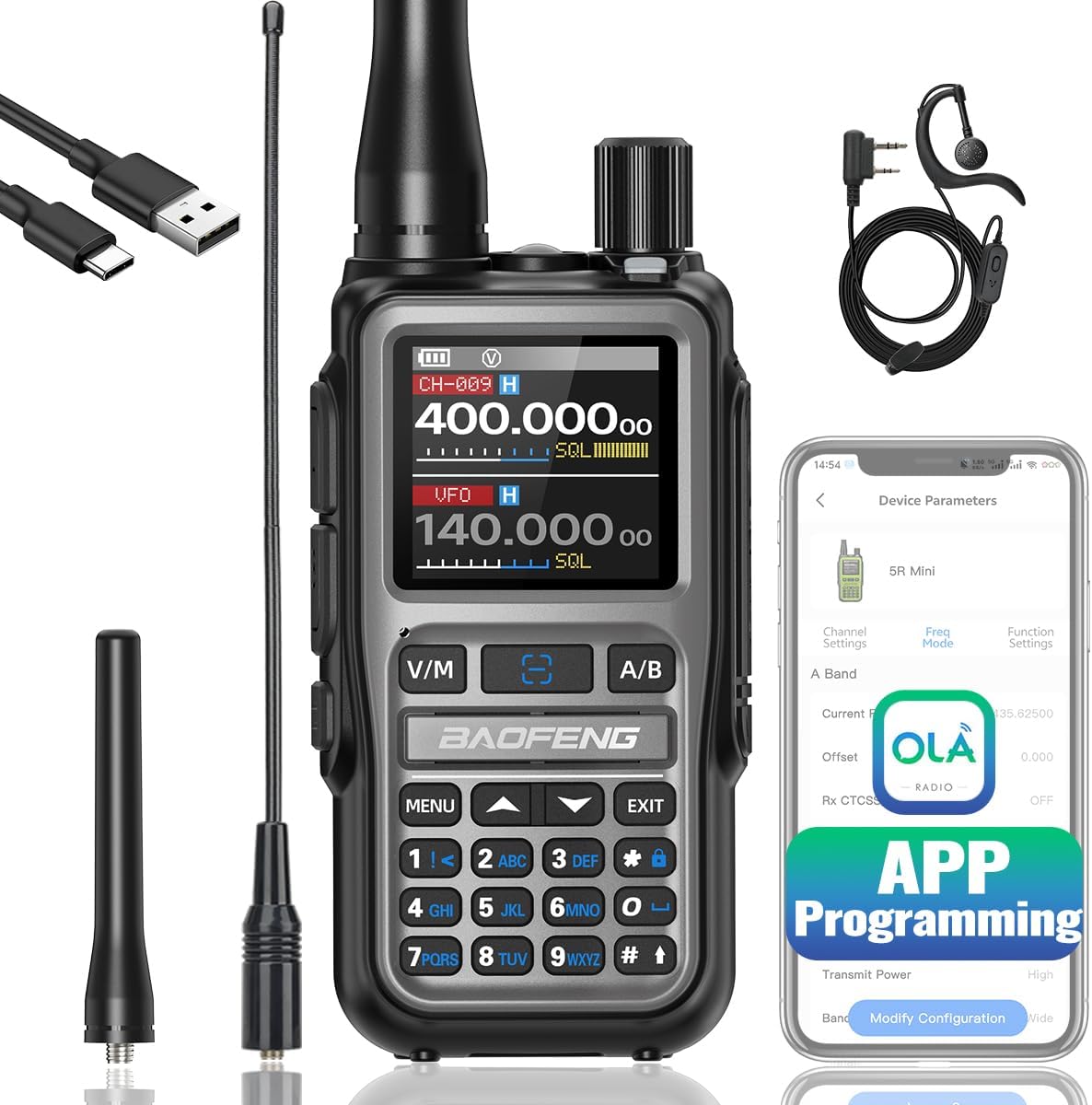
A ham shack, or amateur radio station, is more than just a place to operate your equipment; it's a sanctuary for hobbyists, a hub for communication, and a space for creativity. Whether you're an experienced operator or a newcomer to the world of amateur radio, setting up your ham shack involves careful planning and consideration. This article will guide you through the essentials of creating a comfortable and efficient ham shack, covering equipment, decor, and ergonomic considerations for an optimal operating position. NOTE: Each link in this post is clickable and it will take you to amazon. I hope this helps!
1. Choosing the Right Space
Location Matters
The first step in creating a ham shack is selecting the right location. Ideally, you want a space that:
- Is Quiet: Look for an area with minimal background noise to facilitate clear communication.
- Has Good Ventilation: Radio equipment can generate heat, so ensure your space is well-ventilated.
- Offers Power Supply: Access to electrical outlets is essential. Consider backup power solutions like UPS units for emergency operations.
Size and Layout
The size of your ham shack depends on the equipment you plan to use and your operating style. A small corner of a room can work just as well as a dedicated space in a basement or garage. Plan your layout to allow for easy access to equipment and to minimize clutter.
2. Essential Equipment for Your Ham Shack
Transceiver
The heart of any ham shack is the transceiver, which combines both transmission and reception capabilities. When choosing a transceiver:
- Consider Your Interests: Whether you’re into HF, VHF, or UHF operations, select a model that meets your specific needs.
- Features: Look for features like digital modes, built-in sound cards, and remote capabilities.
Antenna System
An effective antenna system is crucial for successful communication. Some options include:
- Dipole Antennas: Easy to install and effective for HF bands.
- Vertical Antennas: Great for limited space and often easier to set up.
- Beam Antennas: Provide better directionality but require more space and installation effort.
Power Supply
Choose a reliable power supply that can deliver clean, stable power to your equipment. Ensure it has enough amperage to handle your transceiver and any other equipment you may use.
Accessories
Don’t forget the essential accessories:
- Microphones: A good quality microphone can enhance audio clarity.
- Headphones: Comfortable headphones help with listening, especially in noisy environments.
- Antenna Tuners: Necessary for optimizing your antenna's performance.
- Mics and Keyers: Depending on your operating mode, a keyer for CW or an appropriate microphone for voice operation will be essential.
Logging Software
Consider using logging software to keep track of your contacts. Many programs offer integration with your transceiver, making logging and contesting easier.
3. Creating a Comfortable Operating Position
Ergonomic Furniture
Invest in an ergonomic chair and desk. The right chair supports good posture and allows you to operate comfortably for extended periods. Look for a desk that accommodates your equipment, with enough space for your transceiver, computer, and other accessories.
Cable Management
Proper cable management prevents tangling and clutter. Use cable ties, clips, or raceways to keep everything organized. This not only improves the aesthetics of your shack but also enhances safety.
Lighting
Good lighting is crucial for reducing eye strain. Consider adjustable desk lamps or overhead lighting that can be dimmed. Avoid harsh fluorescent lights; instead, opt for warm LED bulbs.
4. Decor and Personal Touches
Wall Decor
Your ham shack should reflect your personality. Consider hanging:
- Framed Certificates: Display your amateur radio licenses, awards, and QSL cards.
- Maps and Charts: World maps, propagation maps, or local area maps can be both decorative and practical.
Personal Items
Incorporate personal touches that make the space feel welcoming. Whether it's a favorite photo, memorabilia from past radio events, or even a plant, these items can make the shack feel like a home away from home.
Soundproofing
To enhance your operating environment, consider soundproofing options. Acoustic panels, heavy curtains, or rugs can help absorb sound, reducing external noise interference.
5. Conclusion
Creating a ham shack is a rewarding project that reflects your personality and passion for amateur radio. By carefully considering your space, choosing the right equipment, and focusing on comfort and aesthetics, you can build a station that not only functions well but also inspires creativity and enjoyment.
Remember, your ham shack is a living space that can evolve with your interests. Whether you’re chasing DX, participating in contests, or just enjoying casual QSOs, take the time to craft a space that meets your needs and celebrates your love for amateur radio. Happy operating!

No comments:
Post a Comment